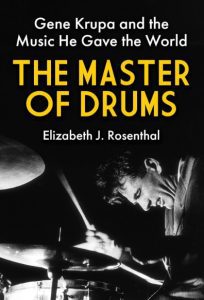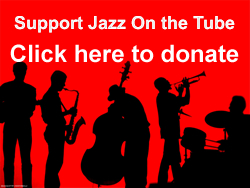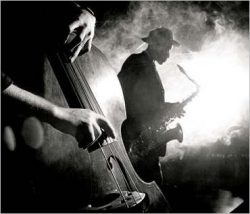Blog, History, Video
A rare live recording of Dave Holland’s first and most experimental quartet.
Featuring the wildly creative frontline of Sam Rivers (on flute) and Anthony Braxton (who plays clarinet, bass saxophone, and alto saxophone in this clip). Barry Altschul ties everything together with drums and percussion.
Plus some “psychedelic” 1974 video editing.
– Ken McCarthy
Jazz on the Tube
P.S. Our unique programming is made possible by help from people like you. Learn how you can contribute to our efforts here: Support Jazz on the Tube
Thanks.
Chroniclers, Jazz on the Tube Interview, Podcasts
– Ken McCarthy
Jazz on the Tube
P.S. Our unique programming is made possible by help from people like you. Learn how you can contribute to our efforts here: Support Jazz on the Tube
Thanks.
Artist-Educators, Jazz on the Tube Interview, Podcasts
To follow Ron
Jazz on the Tube’s Ken McCarthy interviews bassist/composer/bandleader/educator Ron Carter. The focus is on Ron Carter the educator and the student.
Ron’s Interview with Rick Beato
A short masterclass in personal and professional integrity
– Ken McCarthy
Jazz on the Tube
P.S. Our unique programming is made possible by help from people like you. Learn how you can contribute to our efforts here: Support Jazz on the Tube
Thanks.
Ornette
Ornette and group – Berlineer Jazztage November 5, 1971
Good video of Ornette is rare. Good video of this particular group at this particular time is particularly rare.
Ornette Coleman (1930-2015) – alto, trumpet, violin
Dewey Redman (1931-2006) – tenor
Charlie Haden (1937-2014) – bass
Ed Blackwell (1929-1992) – drums
– Ken McCarthy
Jazz on the Tube
P.S. Our unique programming is made possible by help from people like you. Learn how you can contribute to our efforts here: Support Jazz on the Tube
Thanks.



